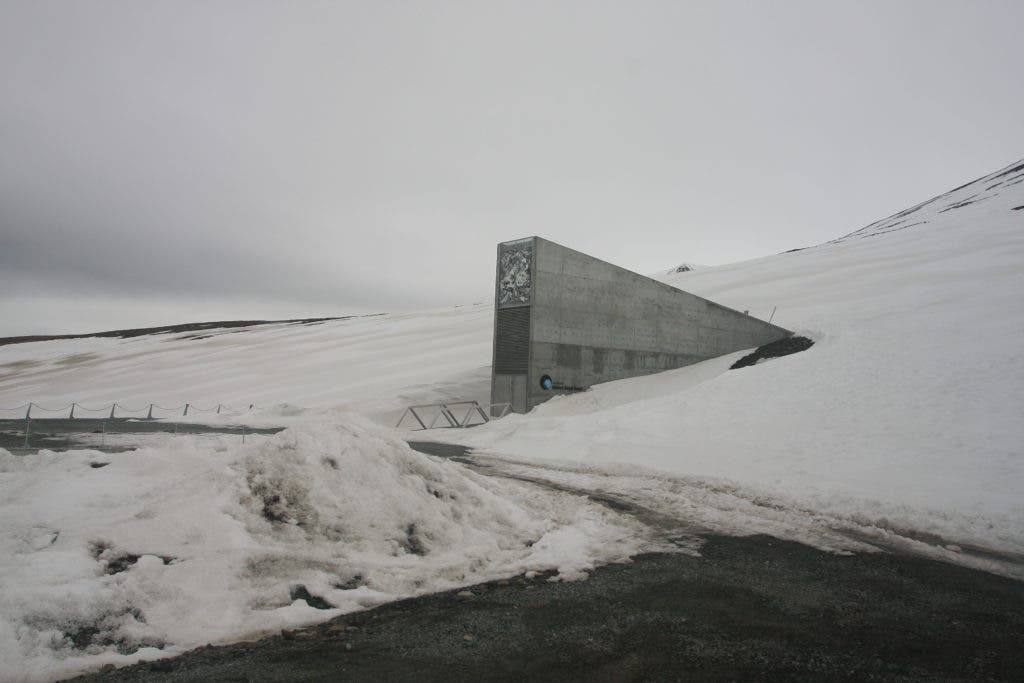In case you didn’t know, there’s a Doomsday Seed Vault in the Arctic — a secure bank to store all the world’s seeds in case a catastrophic event happens (or several of them). Well, now that vault got a new sister. Officially known as the World Arctic Archive, the vault opened this week with a similar goal: to archive all human knowledge on specially developed film.
The first one of the two, the Seed Vault, was opened in 2008, just 620 miles (1,000 kilometers) from the North Pole. The facility now hosts a whopping 940,000 samples, from a total capacity of 5 million. It basically acts as a backup for gene banks all around the world, in case some unforeseen event happens to make them completely unavailable. Since Syrian researchers have already had to use it, it’s pretty evident that the Doomsday Vault is more than just an extreme backup — it’s a much-needed plan B. Now, in the same mountain, a sister vault will contain some of the world’s most valuable information.
Known as the Arctic World Archive, the vault will act as a library of sorts, a place for all governments and research institutes to keep their data safe. A Norwegian company called Piql is responsible for this enterprise and they’ve invited all countries to submit data that is already significant to their culture — two have already accepted the invitation. According to documents from Piql, a country can upload test, images or audio-visual content to the servers. But this isn’t regular servers the data is stored on. Instead of digital, the sensitive data is transformed into a photosensitive, multi-layered analog film. This means that instead of 1s and 0s, you get a continuous string of physical signals, kind of like a vinyl.
Analog storage is generally considered more “time-proof” than digital, and Piql believes that in its current format, the data can last for 500-1000 years, as it’s more resistant to long-term wear and tear. As long as the servers are still up, the data is searchable, and can also be delivered digitally or shipped in any desired format. But it’s not just that this data could be valuable in the long run — in the short run, governments could use this to store extremely sensitive data, somewhere completely isolated from hackers (though it’s debatable how much governments will trust this initiative with sensitive data). But even so, the National Archives of Brazil and Mexico have sent data to be stored in the underground vault, says Piql founder Rune Bjerkestrand. Brazil has submitted historical documents like the Brazilian Constitution and Mexico has submitted documents that date all the way back to the Inca period.
However, Bjerkestrand says any kind of data can be stored in the Arctic vault.










